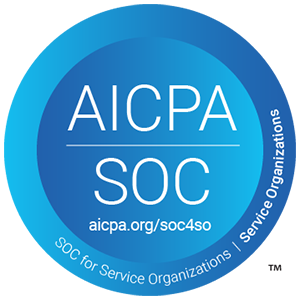In healthcare, too often processes are reactive. Many tasks are driven by end-of-month reports and outdated workflows, leading to a scramble to meet deadlines rather than focusing on timely, patient-centered care. The problem? Analytics and insights often come too late in the process, after the workflows have already been completed. But what if we flipped this approach? What if analytics could inform workflows in real-time so care teams could be proactive instead of reactive? This is where industry-standard workflow engines come into play. By allowing analytics to guide actions, healthcare teams can make decisions in real-time, preventing delays in care and improving patient outcomes.

Why Flexible, Industry-Standard Workflow Engines Are the Solution
Workflow engines are necessary for operational efficiency, automation, and business process management. They are driven by business rules and act as digital “project managers,” ensuring that tasks flow in the right order and occur at the right time.
By automating routine tasks, workflow engines free up employee time for higher-value work, reduce human errors, and ensure consistent execution. They can also enhance compliance by providing an audit trail, optimize resource allocation, and streamline operations for efficiency and growth.
Workflow engines offer key features such as:
- Visual modeling, allowing users to design workflows through a standardized drag-and-drop interface that’s easy for both business and technical teams.
- Dynamic task allocation, ensuring tasks are assigned based on expertise and availability, improving productivity.
- Real-time monitoring and analytics, providing insights to identify bottlenecks and optimize processes continuously.
- Integration with other systems, enabling seamless data exchange and reducing manual errors.
- Scalability to ensure that the workflow engine grows with the business and can handle large volumes efficiently.
Case Example: A Patient-Centric Workflow
Consider a healthcare setting where a sophisticated patient monitoring system continuously analyzes real-time data from wearable devices, vital sign monitors, and electronic health records (EHRs). The system is designed to detect potential health risks, such as abnormal heart rhythms, significant fluctuations in blood pressure, or changes in oxygen saturation levels. When the monitoring system identifies a potential health risk, it activates a workflow. Instead of waiting for scheduled reports to be generated, which can introduce delays, the system instantly triggers a series of predefined actions. For example, the workflow engine can send alerts to a centralized dashboard that healthcare providers use.
Case Example: Improving Appeals Workflow Efficiency in Health Plans
A workflow can be configured for handling appeals and grievances related to medical services, such as long wait times or poor customer service. To report these issues, a structured approach is necessary, incorporating specific time limits. To facilitate this process efficiently, it’s crucial to decouple the application from hard-coded elements, allowing for flexibility in managing these time constraints. The workflow engine supports this decoupling, enabling seamless adaptation to various appeal scenarios without complicating the underlying code.
The Sevida Advantage
Leap Metrics’ Sevida application leverages flexible, industry-standard workflow engines to revolutionize healthcare team operations. It offers a scalable, automated solution tailored to various business needs. Powered by an open-source business process modeling framework, Sevida ensures seamless workflow management, adaptable to a wide range of healthcare organizations.
Elevating Healthcare with Workflow Automation
For too long, healthcare has been dominated by reactive processes driven by manual reporting. But with the power of flexible, industry-standard workflow engines, that’s changing. Automating workflows and letting analytics guide actions can shift healthcare from reactive to proactive care, leading to improved patient outcomes and more efficient operations. If you’re ready to enhance your healthcare organization, consider how automated workflows can transform your team’s effectiveness.
Stay tuned for our next blog, where we’ll dive into real-world examples of how Sevida streamlines new patient workflows. We’ll explore practical strategies for tackling care staffing shortages and managing the overwhelming task lists that care managers face every day.

